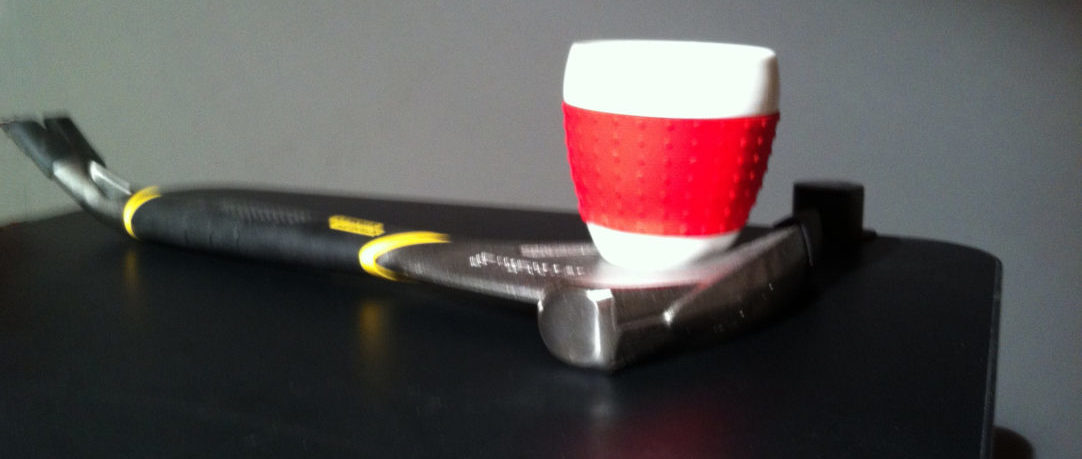Gesture
I recently finished Between Word and Image by Dennis J. Schmidt. Overall, I liked the book, but the part that really stuck with me was this:
Here I am referring to the quiet truth of a gesture, namely, that in looking at a gesture, one is addressed by that gesture. My look to the gesture receives a “look” as a response; a meaning comes to me, “looks” back at me. Gestures reach out to the other, to the viewer.
I’m not sure if it’s because I just saw an excellent Rothko show at the MFA Boston, but the term gesture reached out to me with a much more than literal meaning. It speaks to me of the opening of an area of potential, in which one’s engagement with the artwork decanters your existing way of looking and being in the world.
That’s not to say that I don’t have any qualms about the phrasing/idea. It feels too didactic — a “look, see” rather than a “come, experience”. I’d claim this is part of why good/great art rewards repeat viewings; you’re a different person with new memories each time you experience it. The artwork grants you the potential to see them in a new light. The better the artwork (in this case better means “one that speaks to you better”) the more affordances for reevaluation it provides.
Gesture also conveys a generality to the artist/art/experiencer triad that isn’t often there. It’s true that some art has a wide audience, but a lot of it, only speaks to a subset of viewers, be it for reasons of mood, training or sensory acuity. The open area of potential needs to be one that you can meld with, otherwise it falls flat — the piece only works if there’s enough ambiguity for the opening to be big enough to explore, but specific enough so that it fits the viewers needs.
I’m reasonably confident that Schmidt is sensitive to these issues, it’s just that his main concern is prying art loose from the dominant grip of words when it comes to the philosophy/analysis of art.

Leave a Reply